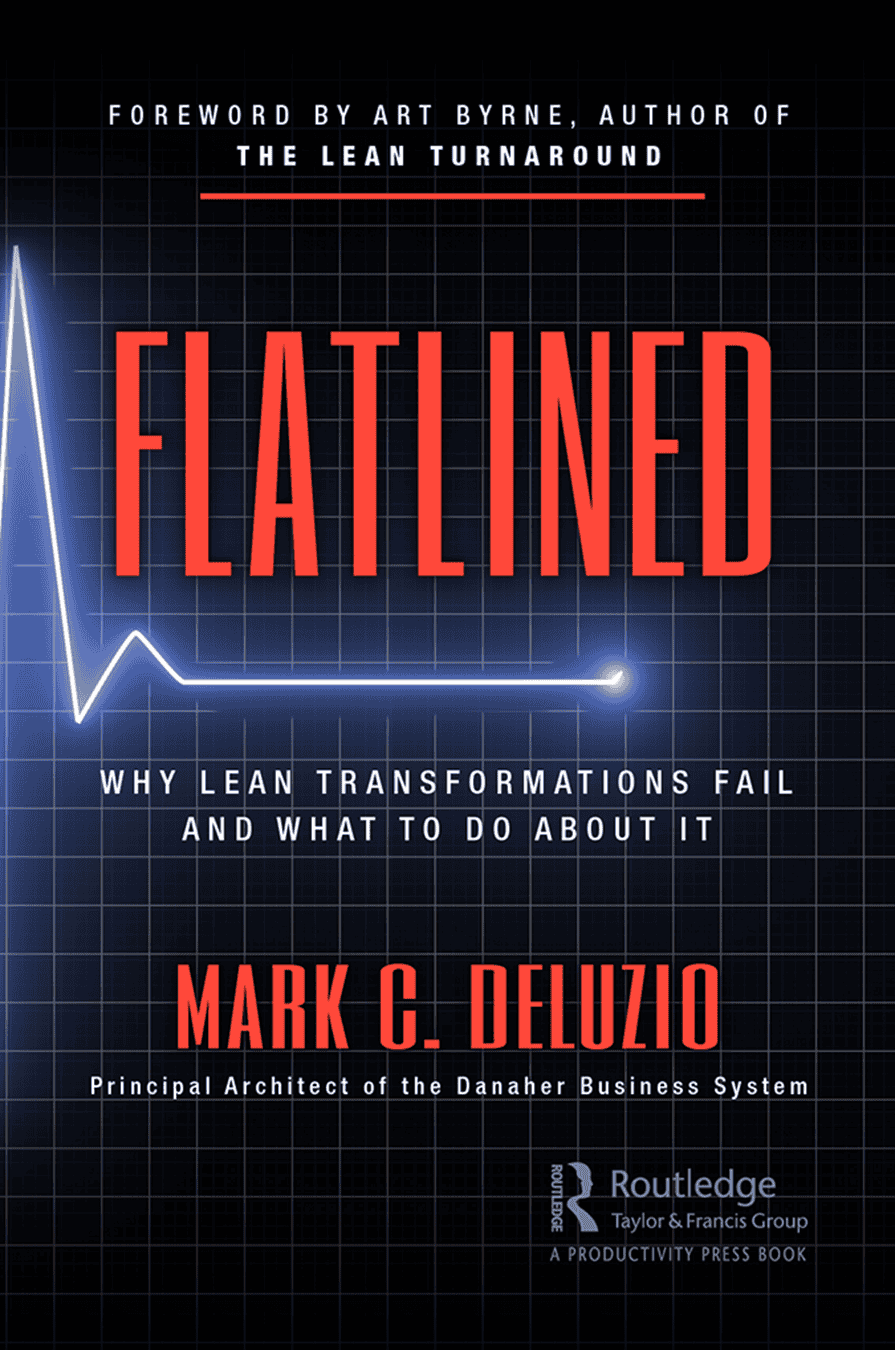In manufacturing, Lean productivity metrics often overshadow more meaningful measures of operational excellence. But what does this mean? While productivity remains important, industry leaders at Lean Horizons Consulting argue that this narrow focus often misses crucial elements of true performance measurement and improvement.
Understanding the Performance Hierarchy and the Principles of SQDC
At the core of effective Lean productivity measurement is the SQDC hierarchy: Safety, Quality, Delivery, and Cost – in that specific order. As Lean leader, Mark DeLuzio emphasizes that this hierarchy fundamentally changes our priorities within organizations. Cost comes last in the pecking order, with delivery taking precedence. This means organizations sometimes incur additional costs, such as overtime, to meet customer delivery requirements – which may seem counterintuitive to some managers and how they track productivity among their teams.
The Problem with Certain Productivity Metrics
Inconsistent Standards
One of the most significant issues in current productivity measurement is the inconsistency of standards across operations. For example, some facilities consider 55% efficiency acceptable, while others aim for 90%. These varying standards make meaningful performance measurement impossible and indicate fundamental problems, measure meaningful productivity targets, and have the ability to make improvements.
Individual vs. Team Performance
Traditional productivity metrics often focus on individual performance, creating what Mark calls “a sea of distrust” in organizations. This approach misses the crucial point that production success is inherently team-based. When problems arise – whether machine downtime, supplier issues, or absenteeism – they affect the entire production system, not just individual operators. Placing blame on individuals can also hinder future improvements, as distrust of individual team members can minimize their willingness to share ideas and solutions.
A Better Approach: TAKT Time Conformance
Instead of traditional productivity metrics, Mark advocates for “TAKT time conformance” as a team-based Lean productivity measurement. This approach looks at whether a work cell or area achieves its planned output within the available time used to calculate TAKT time. For example, if a team needs to produce 100 units in an 8-hour shift (minus breaks and planned downtime) but only produces 90, their TAKT time performance is 90%. Looking at output in this manner allows you to effectively ask ‘Why?” – and then subsequently identify the true reasons for not meeting the output goal.
Key aspects of this measurement include:
- Focus on team rather than individual performance
- Clear connection to customer demand
- Incorporation of all production factors
- Emphasis on process capability rather than individual productivity
The Role of Process in Performance
How do your processes play into effectively measuring your team’s output? Toyota’s philosophy summarizes the right approach: “Toyota gets great performance with ordinary people working on great processes.” This mindset shift means:
- Moving away from operator-focused metrics (individual-based performance metrics)
- Investigating process-based root causes of performance issues
- Recognizing management’s responsibility in creating and implementing effective processes
- Understanding that productivity is an outcome, not a driver (this is a lagging indicator)
Lean Processes Lead to Lean Productivity
Organizations must transition from productivity obsession to process excellence. Doing so entails:
- Implementing team-based performance metrics
- Standardizing performance measures across operations
- Following the SQDC hierarchy in decision-making
- Focusing on process improvement rather than individual productivity
“When you get your process right, you’ll improve your quality, reduce your lead time, and your productivity will take care of itself.”
– Mark DeLuzio
Success in Lean operations comes not from pushing harder on productivity numbers but from building robust processes that enable teams to achieve consistent, sustainable performance. This approach respects both the principles of Lean and the people in your organization who make it work.
Ready to transform your organization’s approach to Lean productivity measurement? Contact Lean Horizons Consulting to learn how we can help your team design and implement effective processes that drive sustainable and meaningful results.

